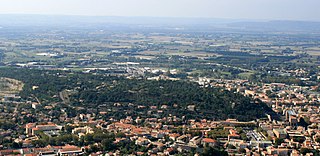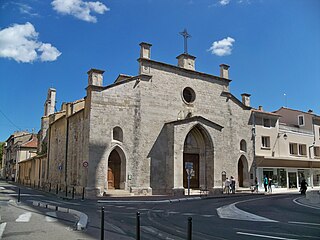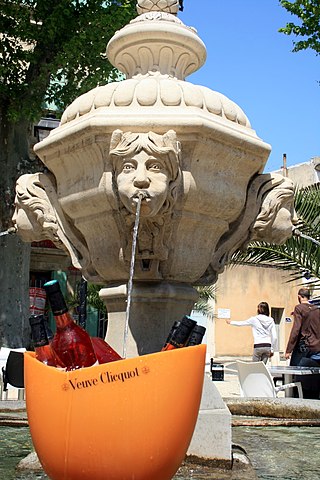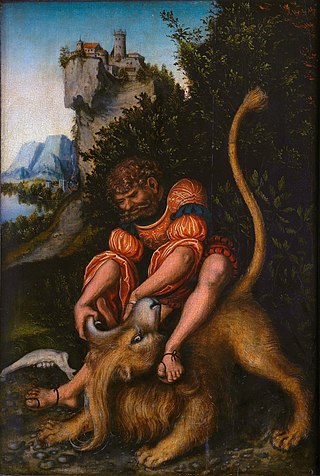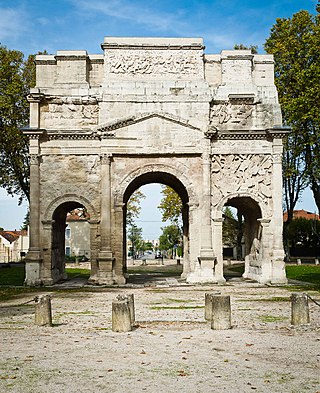Self-guided Sightseeing Tour #1 in Orange, France
Legend
Tour Facts
2.4 km
66 m
Experience Orange in France in a whole new way with our free self-guided sightseeing tour. This site not only offers you practical information and insider tips, but also a rich variety of activities and sights you shouldn't miss. Whether you love art and culture, want to explore historical sites or simply want to experience the vibrant atmosphere of a lively city - you'll find everything you need for your personal adventure here.
Sight 1: Capitole
The Saint-Eutrope hill is located in the center of the town of Orange, in the French department of Vaucluse in the Provence-Alpes-Côte d'Azur region.
Sight 2: Église Saint-Florent
The church of Saint-Florent is a former chapel of the Franciscans of Orange, in the Vaucluse. The church and its cloister were listed as historical monuments by decree of July 10, 2018.
Sight 3: Fontaine publique du 18s
The Public Fountain of Orange is a historical monument located in the city of Orange, in the French department of Vaucluse in the Provence-Alpes-Côte d'Azur region.
Sight 4: Cathédrale Notre-Dame
Orange Cathedral is a Roman Catholic church and former cathedral, and national monument of France, located in the town of Orange, Vaucluse.
Sight 5: Temple réformé
The Protestant Temple of Orange is a religious building located on rue Pontillac in Orange, Vaucluse. The parish is a member of the United Protestant Church of France.
Sight 6: fr:Samson terrassant un lion
Samson was the last of the judges of the ancient Israelites mentioned in the Book of Judges and one of the last leaders who "judged" Israel before the institution of the monarchy. He is sometimes considered as an Israelite version of the popular Near Eastern folk hero also embodied by the Sumerian Gilgamesh and Enkidu, as well as the Greek Heracles. Samson was given superhuman powers by God in the form of extreme strength.
Sight 7: Arc de Triomphe
The Triumphal Arch of Orange is a triumphal arch located in the town of Orange, southeast France. There is debate about when the arch was built, but current research that accepts the inscription as evidence favours a date during the reign of emperor Augustus. It was built on the former via Agrippa to honor the veterans of the Gallic Wars and Legio II Augusta. It was later reconstructed by emperor Tiberius to celebrate the victories of deceased general Germanicus over the German tribes in Rhineland. The arch contains an inscription dedicated to emperor Tiberius in AD 27. Along with the Roman Theatre of Orange, the Triumphal Arch was inscribed on the UNESCO World Heritage List in 1981 because of its exceptional preservation.
Share
Disclaimer Please be aware of your surroundings and do not enter private property. We are not liable for any damages that occur during the tours.
GPX-Download For navigation apps and GPS devices you can download the tour as a GPX file.
